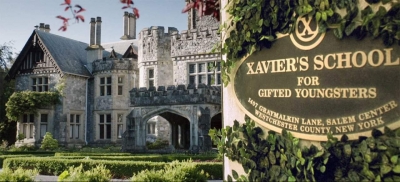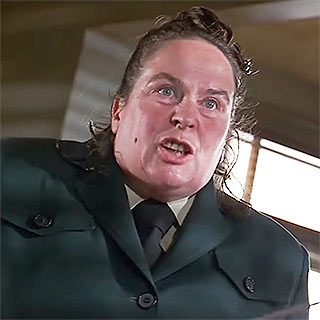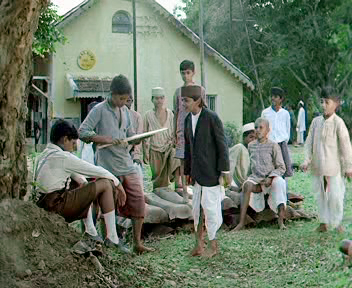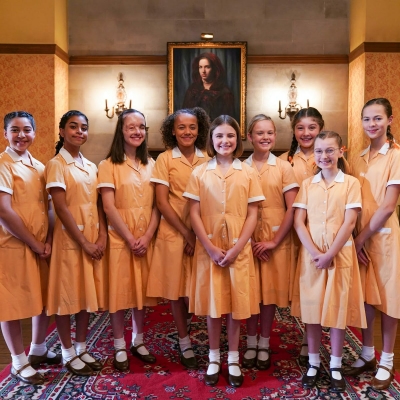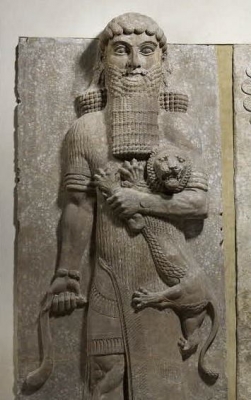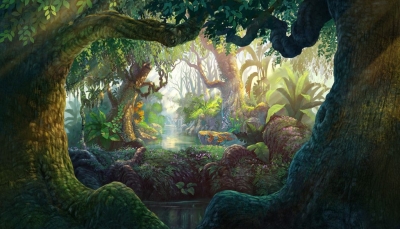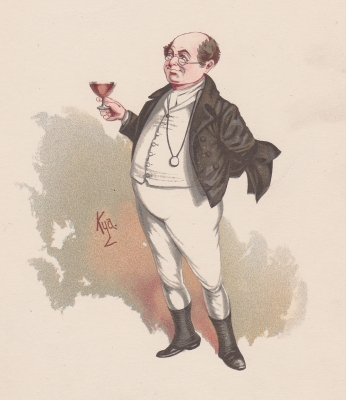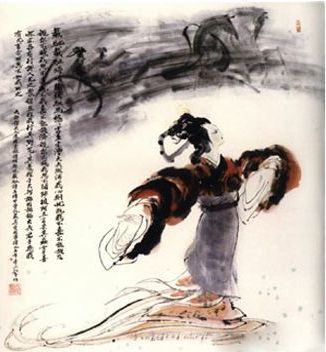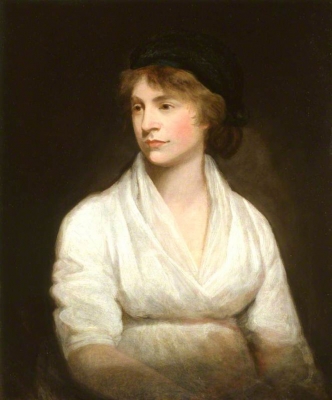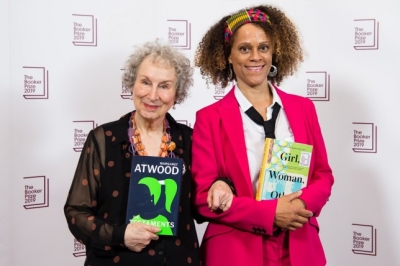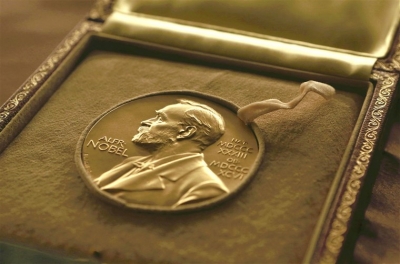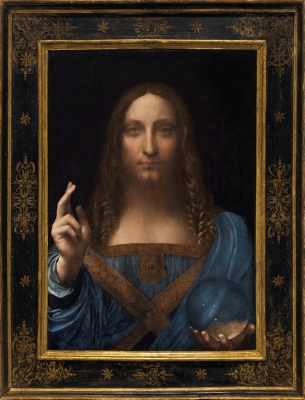Jane Eyre attends which school for poor and orphaned girls?
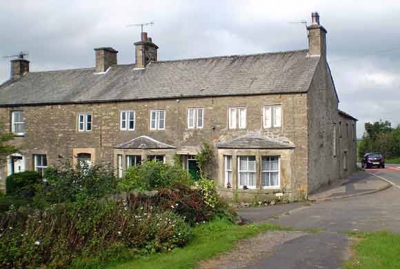
Jane Eyre is a novel by English writer Charlotte Brontë, published under the pen name "Currer Bell", on 16 October 1847, by Smith, Elder & Co. of London. The first American edition was published the following year by Harper & Brothers of New York.
The book contains elements of social criticism with a strong sense of Christian morality at its core, and it is considered by many to be ahead of its time because of Jane's individualistic character and how the novel approaches the topics of class, sexuality, religion, and feminism. It, along with Jane Austen's Pride and Prejudice, is one of the most famous romance novels of all time.
At Lowood Institution, a school for poor and orphaned girls, Jane soon finds that life is harsh. She attempts to fit in and befriends an older girl, Helen Burns. During a class session, her new friend is criticised for her poor stance and dirty nails, and receives a lashing as a result. Later, Jane tells Helen that she could not have borne such public humiliation, but Helen philosophically tells her that it would be her duty to do so. Jane then tells Helen how badly she has been treated by Mrs. Reed, but Helen tells her that she would be far happier if she did not bear grudges. In due course, Mr. Brocklehurst visits the school. While Jane is trying to make herself look inconspicuous, she accidentally drops her slate, thereby drawing attention to herself. She is then forced to stand on a stool, and is branded a sinner and a liar. Later, Miss Temple, the caring superintendent, facilitates Jane's self-defence and publicly clears her of any wrongdoing. Helen and Miss Temple are Jane's two main role models who positively guide her development, despite the harsh treatment she has received from many others.
The 80 pupils at Lowood are subjected to cold rooms, poor meals, and thin clothing. Many students fall ill when a typhus epidemic strikes; Helen dies of consumption in Jane's arms. When Mr. Brocklehurst's maltreatment of the students is discovered, several benefactors erect a new building and install a sympathetic management committee to moderate Mr. Brocklehurst's harsh rule. Conditions at the school then improve dramatically.
Picture Credit : Google
